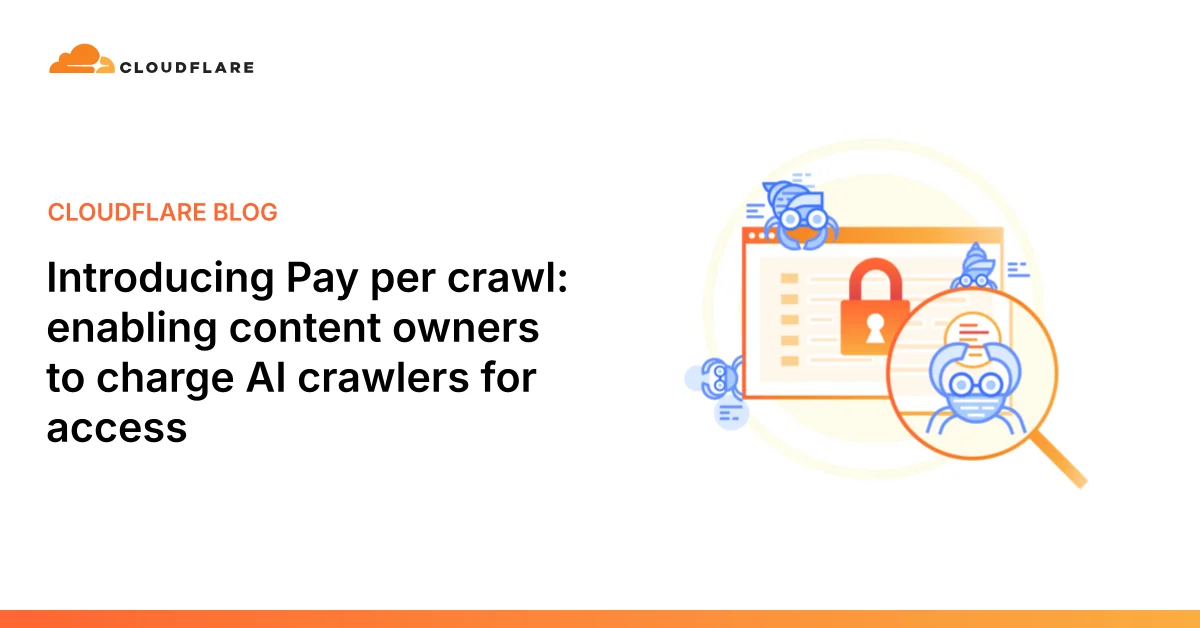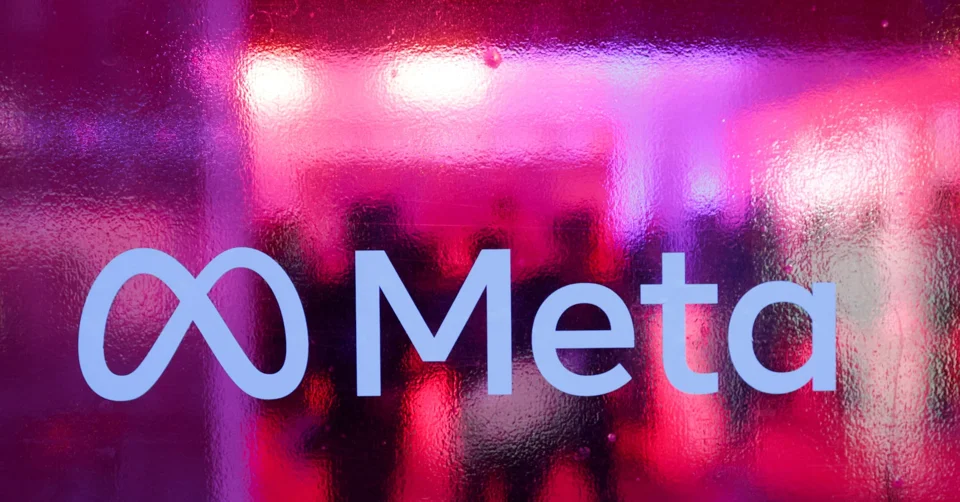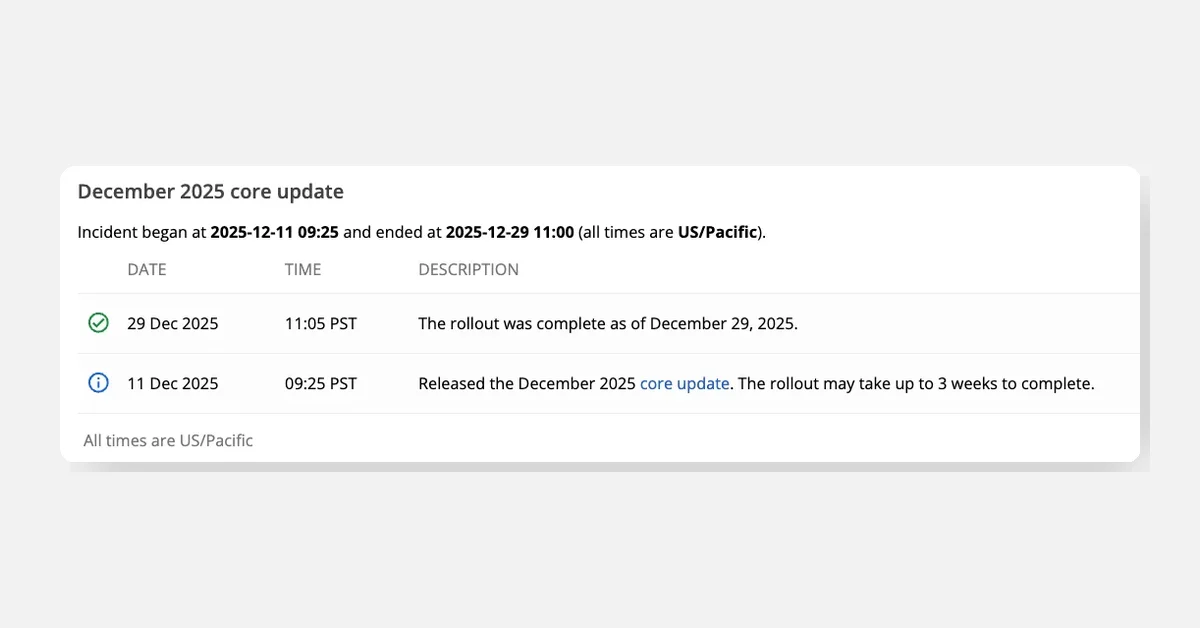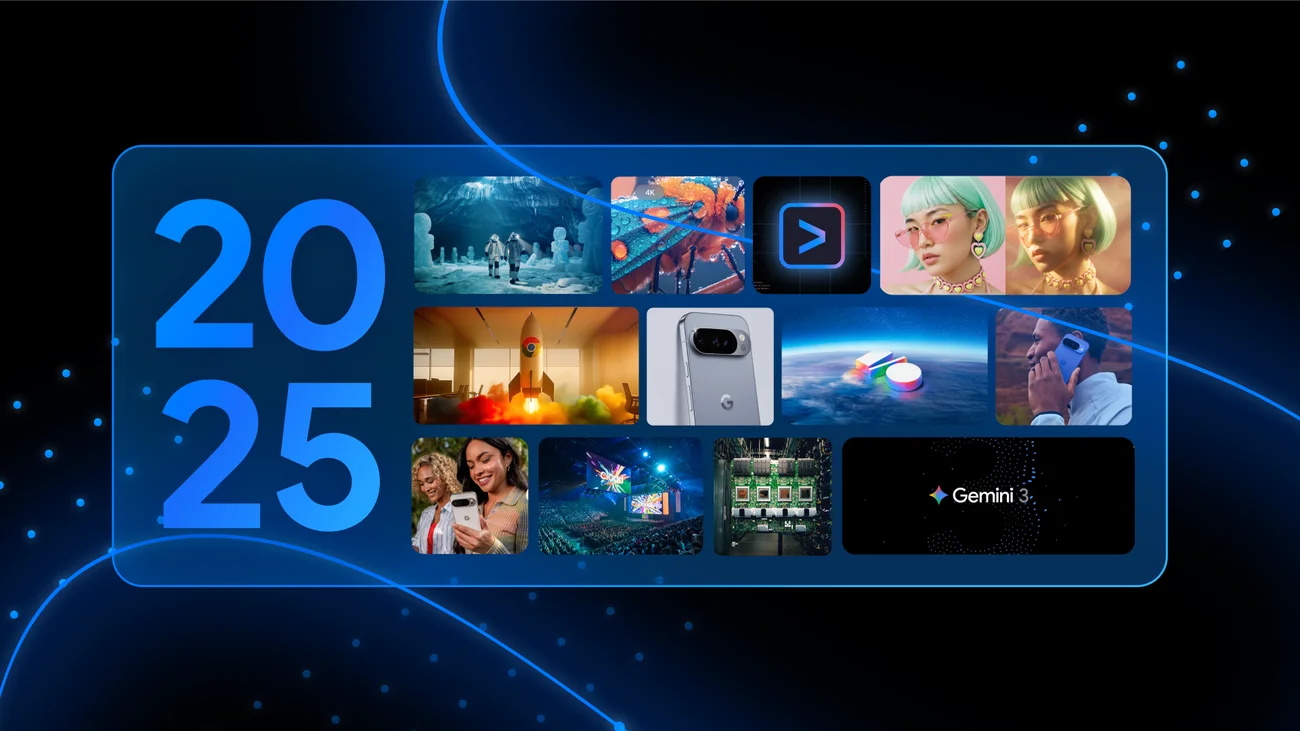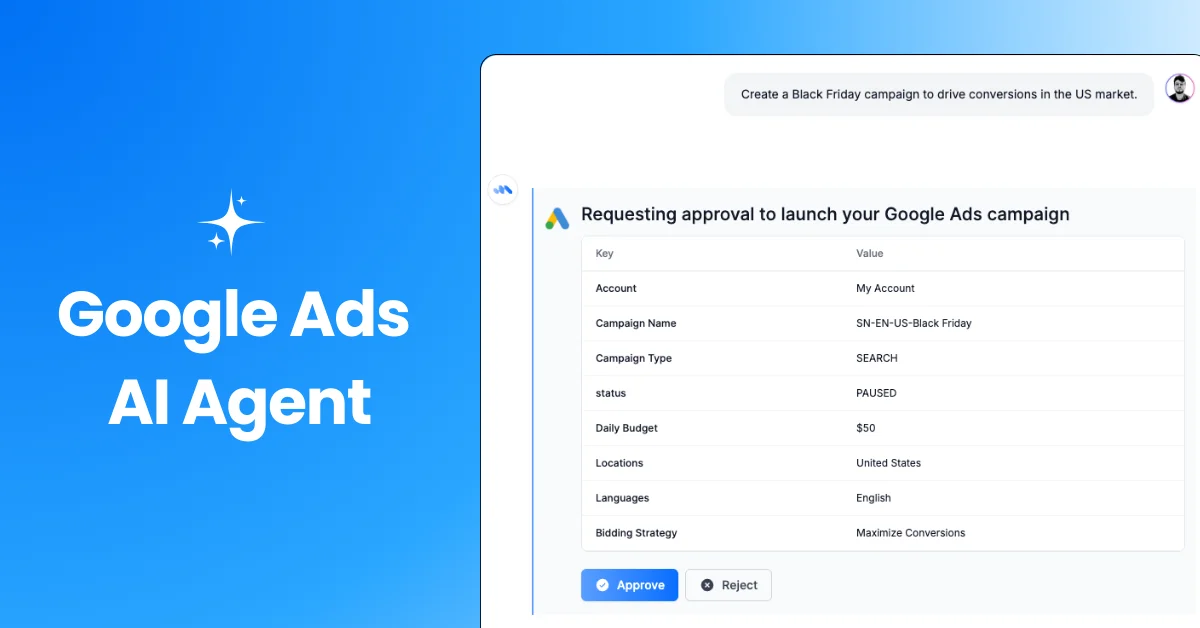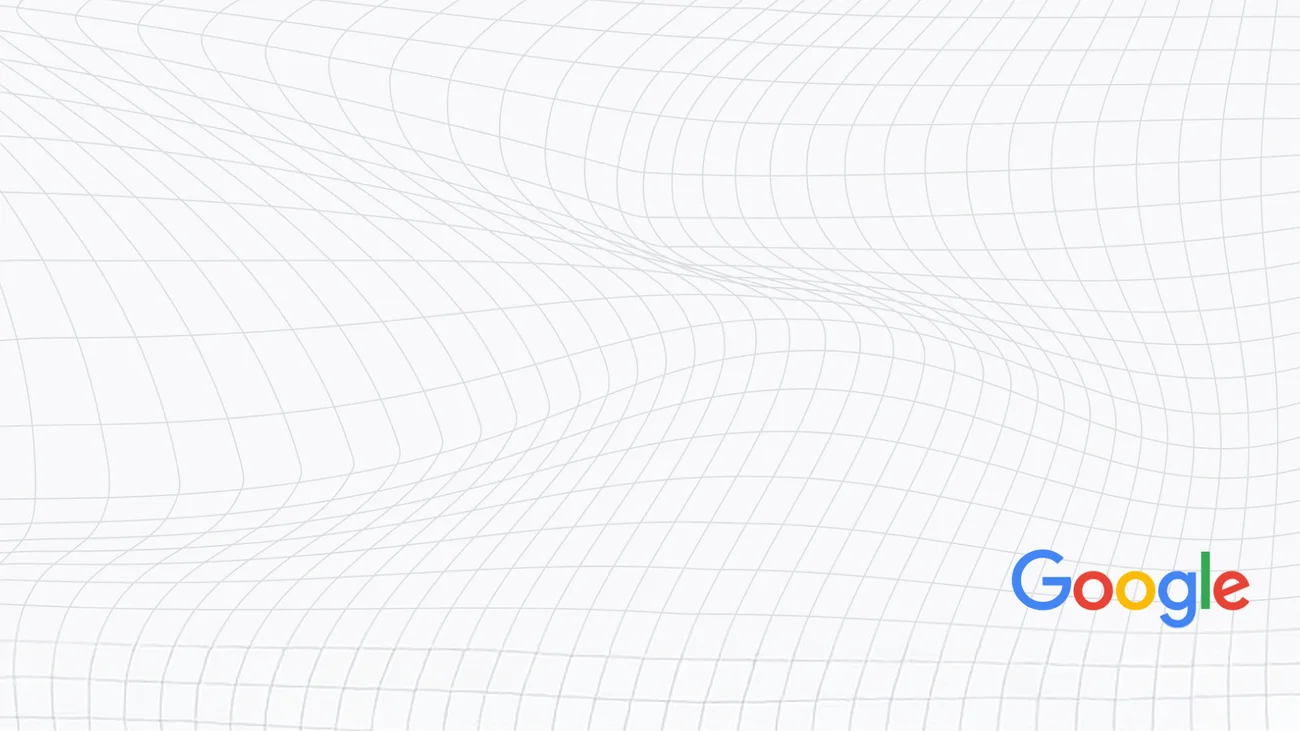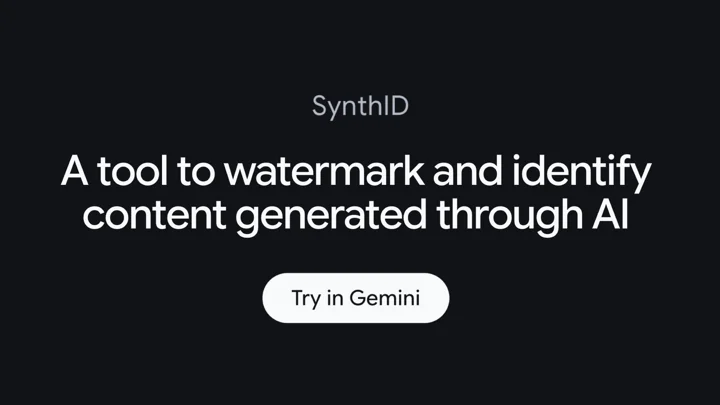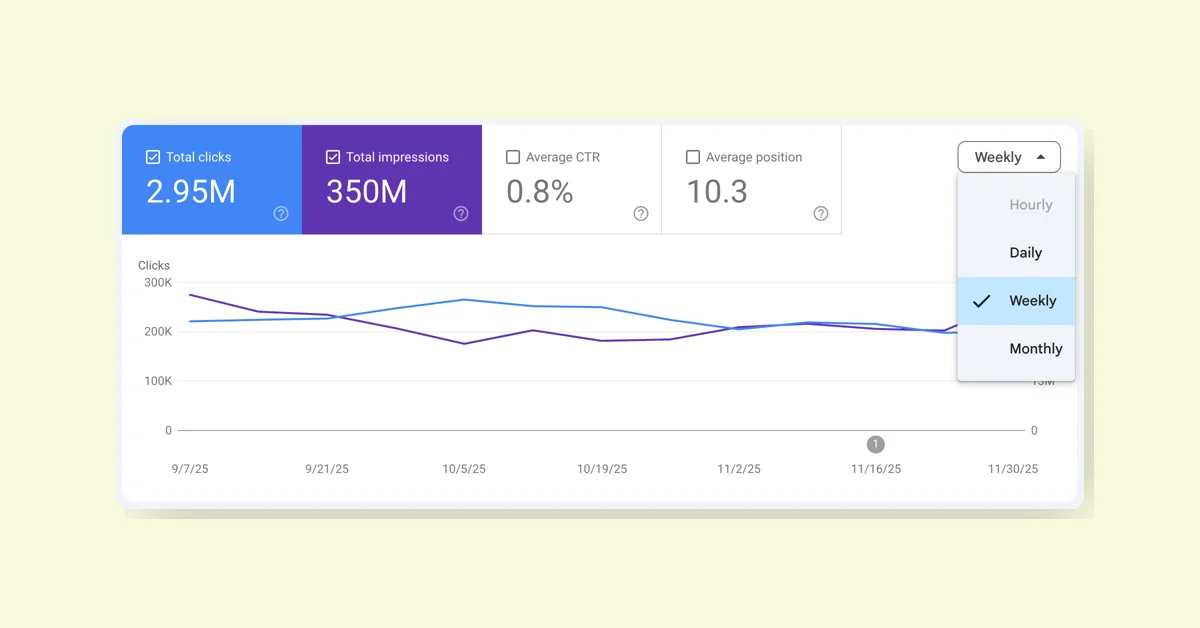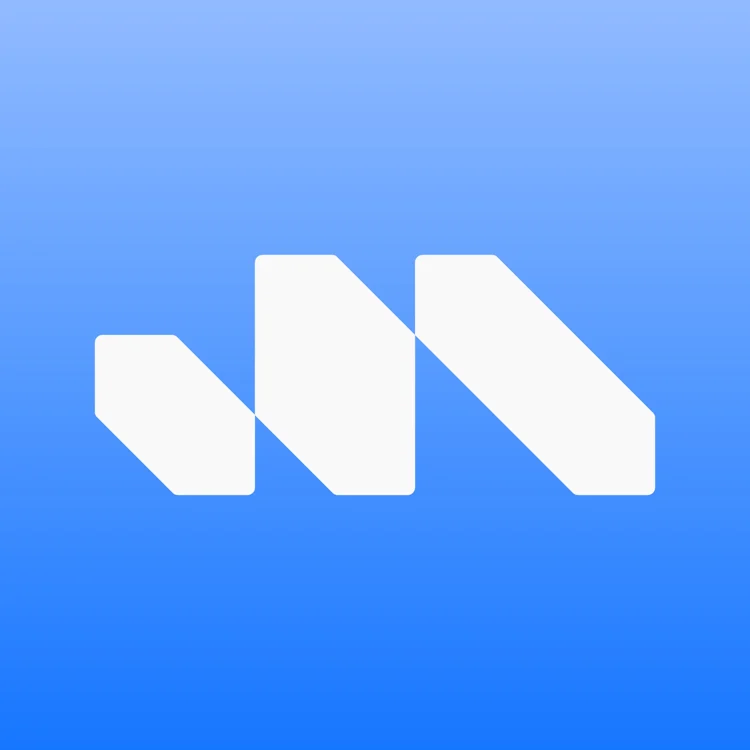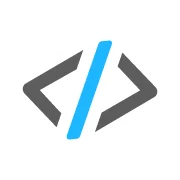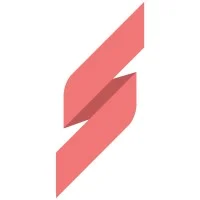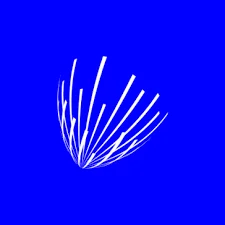Cloudflare, which powers about 20% of all web pages, is now blocking AI crawlers by default and introducing a new model called Pay Per Crawl that allows AI services to pay content creators for crawling their content. This model offers a third option beyond the binary choice of either fully open access or complete blocking, empowering content creators to control access and monetize their digital assets.
Pay Per Crawl Overview
Pay Per Crawl is currently in private beta and integrates with existing web infrastructure using HTTP status codes, particularly reviving the HTTP 402 Payment Required code. When an AI crawler requests content, it either presents payment intent via request headers to gain access (HTTP 200) or receives a 402 response with pricing details. Cloudflare acts as the Merchant of Record and provides the technical infrastructure for this payment system.
Publisher Controls and Pricing Options
Content owners have full control over monetization, setting a flat, per-request price across their entire site. They can choose to:
- Allow free access to crawlers,
- Charge a set price for access,
- Block access entirely with no payment option.
Even if a crawler lacks a billing relationship with Cloudflare, publishers can still "charge" them, effectively blocking access but signaling the possibility of future payment arrangements. Publishers can also exempt specific crawlers from charges to allow free access or negotiate separate partnerships.
Decisions to allow or charge crawlers are enforced after existing security measures like WAF and bot management are applied.
Technical Implementation and Security
To prevent spoofing, crawlers must:
- Generate an Ed25519 key pair and host the public key,
- Register with Cloudflare providing their key directory URL and user agent,
- Use HTTP Message Signatures with each request, including specific headers (
signature-agent,signature-input, andsignature).
Access and Payment Flows
There are two main flows for accessing paid content:
Reactive (discovery-first): A crawler requests content and receives a 402 response with a
crawler-priceheader if payment is required. The crawler can then retry with acrawler-exact-priceheader to agree to pay.Proactive (intent-first): A crawler includes a
crawler-max-priceheader in the initial request. If the price is acceptable, the content is served with a 200 response and acrawler-chargedheader confirming the charge.
Only one price declaration header (crawler-exact-price or crawler-max-price) can be used per request. Invalid requests receive a 402 response.
Financial Settlement
Both crawler operators and content owners configure payment details in their Cloudflare accounts. Billing events are logged each time a crawler makes a paid request, and Cloudflare aggregates charges, bills the crawler, and distributes earnings to publishers.
Future Potential and Vision
Pay Per Crawl represents a shift in online content control, offering a programmatic way to value and manage digital assets. Cloudflare anticipates significant evolution, including:
- Dynamic pricing based on demand or AI user base size,
- Granular licensing for training, inference, search, or other AI uses,
- Programmatic agentic paywalls where intelligent agents negotiate content access and budgets autonomously.
By using HTTP 402, Cloudflare envisions a future where intelligent agents can negotiate access to digital resources programmatically.
Getting Started
Pay Per Crawl is in private beta, inviting AI crawler operators interested in paying for content access and content creators wanting to charge for access to participate.
Cloudflare continues to protect networks, accelerate applications, and enhance security, supporting this new monetization approach as part of its broader Internet infrastructure services.
